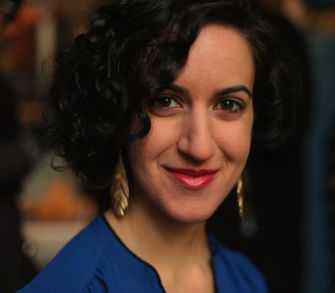Holocaust Art By A Jew Who Was Black Josef Nassy’s Vision Of Nazi Camps Has Its First U.s. Show Here.Posted in Articles, Arts, Biography, History, Judaism, Media Archive, Religion on 2015-08-18 01:11Z by Steven |
The Philadelphia Inquirer
1989-04-04
Leonard W. Boasberg, Inquirer Staff Writer
There are strength and pathos in the drawings. There are loneliness and community, a sense of the desperation of the individual – the prisoner, the victim – who, in the grasp of malevolent brutality, nevertheless maintains his will to survive.
There are watchtowers and barbed wire and closed gates and prison bars and armed guards, and there are portraits of pensive men who might be anywhere but are, in fact, confined for no crime but their existence.
The works are by Josef Nassy, a black artist of Jewish ancestry, who survived three years of Nazi prison camps during World War II and, in his art, left a lasting record of what he saw and felt.
A collection of Nassy’s works – about 115 paintings, drawings and ink washes – is now on exhibit at the Philadelphia Museum of Judaica, located in the synagogue of Congregation Rodeph Shalom, 615 N. Broad St. The exhibit, titled In the Shadow of the Tower, is the first U.S. public showing of Nassy’s works, which are on a three-year international tour that will take them to Jerusalem; Hamburg, West Germany; Brussels, Belgium; Chicago, and New York…
Read the entire article here.



